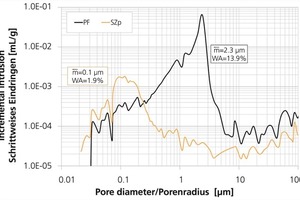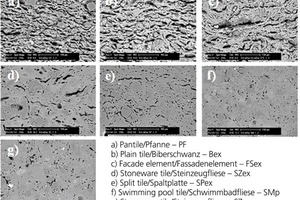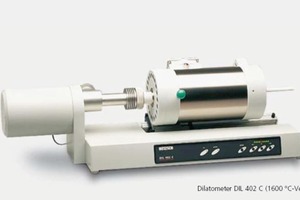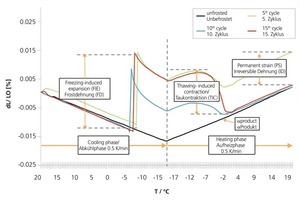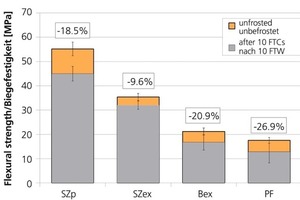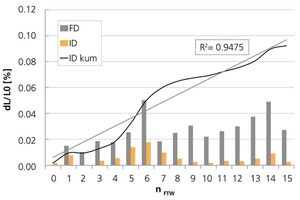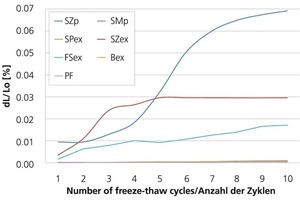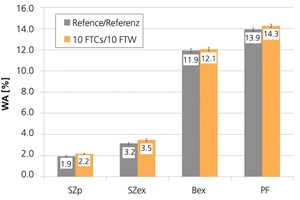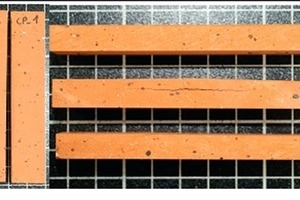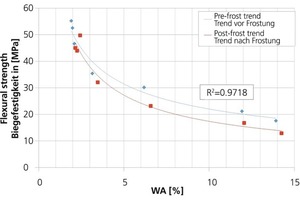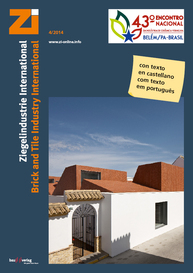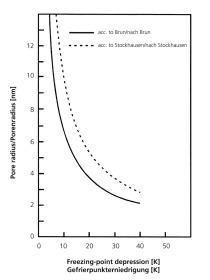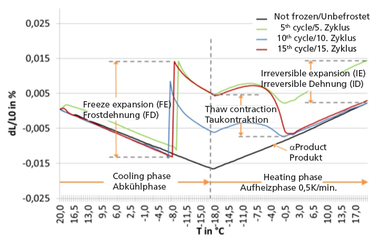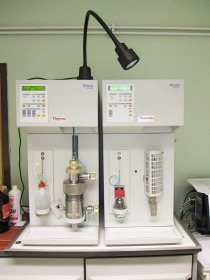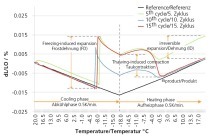Frost resistance testing of structural ceramics by means of low-temperature dilatometry
This contribution addresses the correlations between the physical properties of structural ceramics and their effects on the frost resistance of such materials. With the aid of low-temperature dilatometry (LTD), the freeze-thaw durability behaviour of various structural ceramic products, including the causal relationship between water absorption (WA) and flexural strength, was investigated and documented for a series of ten freeze-thaw cycles (FTC). The findings indicate that the material suffers gradual microstructural damage, which, on arrival at a critical water absorption level in combination with insufficient structural strength, accumulates to induce frost damage.
1 Introduction
Roof tiles, masonry bricks, clinker bricks/blocks, split tiles, ceramic tiles and similar structural ceramic...

